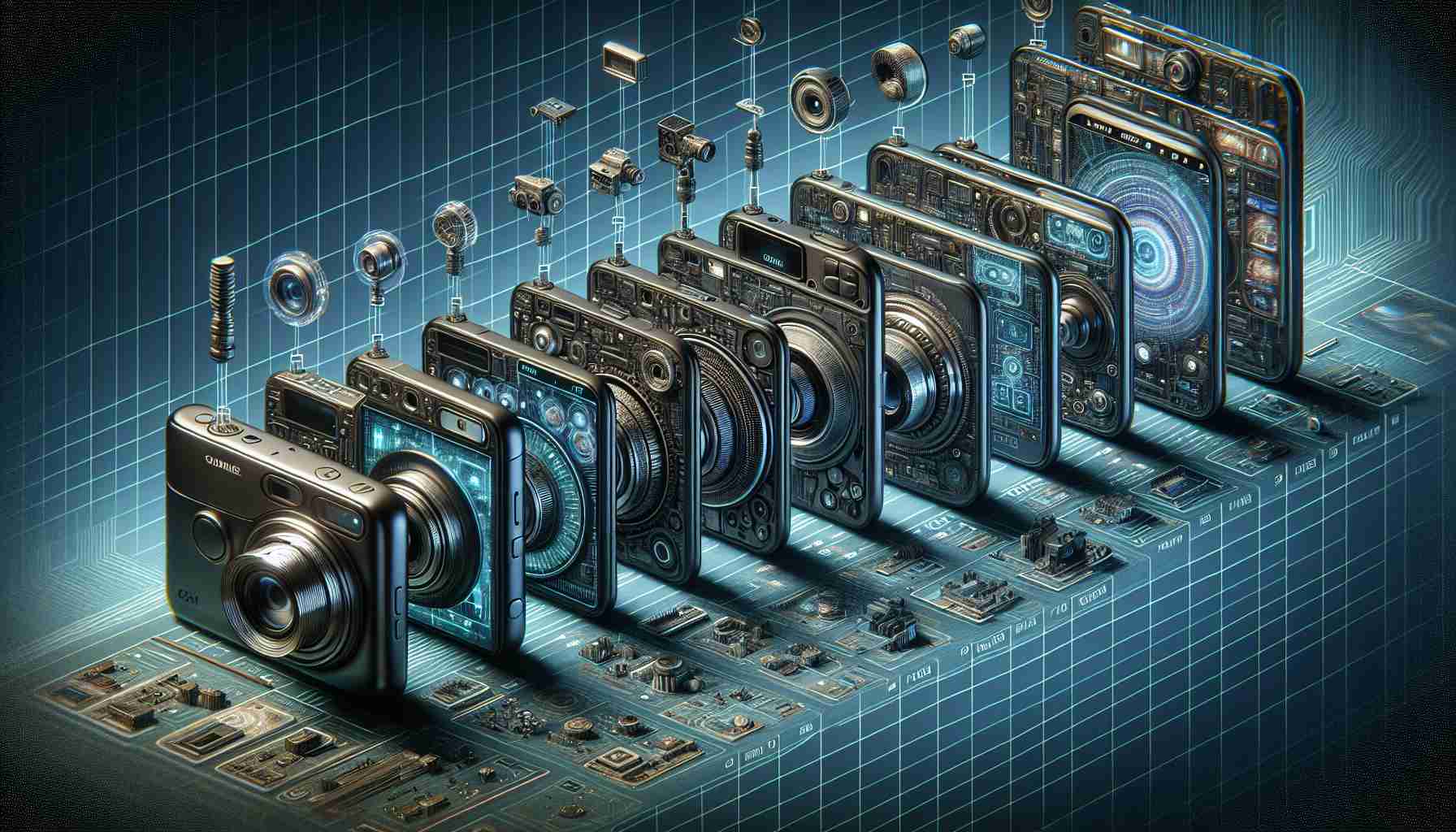Summary:
The smartphone camera has undergone extensive innovation since its inception, with manufacturers continuously introducing features that push the boundaries of what mobile photography can achieve. From the introduction of the first camera phone to the latest developments in computational photography, multi-lens systems, and AI integration, smartphone cameras have evolved into sophisticated imaging devices. This article provides an insight into the history, current advancements, and potential future developments in smartphone camera technology.
Introduction:
The smartphone camera has become one of the primary considerations for consumers when purchasing a new device. Marking its journey from a simple gadget for capturing casual snapshots to a powerful tool capable of professional-grade photography, the evolution of the smartphone camera represents a cornerstone of mobile technology development. Manufacturers focus on innovation in this area not only to improve image quality but also to add functionality that enhances user experience.
The Evolution of Smartphone Cameras:
Smartphone cameras have come a long way from their humble beginnings. The first camera phones offered very low-resolution images, typically less than one megapixel. Over time, the race for higher megapixel counts led to cameras with improved resolution, enabling users to capture more detailed photos.
Manufacturers have also dedicated efforts to improving low-light performance, dynamic range, and autofocus speed. Optical Image Stabilization (OIS) is now a common feature, countering handshakes and motion to produce clearer images. Additionally, HDR (High Dynamic Range) technologies balance the light and dark areas within a photo for more accurate representations.
Current Innovations:
Modern smartphone cameras now boast multi-lens systems, with some devices featuring up to four or more lenses, each with a specific function – from wide-angle to telephoto zoom and macro capabilities. Computational photography has also become an integral aspect, using algorithms and machine learning to enhance photos taken with relatively small sensors compared to traditional cameras.
One standout advancement is the implementation of Artificial Intelligence (AI) within the camera system, which can recognize scenes and subjects, adjusting settings for optimal results. Night modes that combine multiple shots at different exposures provide users the ability to take photos in extremely low light conditions that rival those taken with professional cameras.
The Future of Smartphone Cameras:
Future trends in smartphone camera technology might include advancements in 3D mapping and depth sensing, enabled by Time-of-Flight (ToF) sensors. We can also expect improvements in pixel binning techniques, which allow for greater image detail and low-light performance. Furthermore, AI and machine learning will likely continue to evolve, further closing the gap between smartphone cameras and professional photography equipment.
FAQ:
What is computational photography?
Computational photography refers to the use of digital computation, rather than optical processes, to enhance or extend the capabilities of digital photography.
What are Time-of-Flight (ToF) sensors, and how do they work?
ToF sensors measure the time it takes for light to bounce off objects and return to the sensor, providing accurate depth information which is used to improve autofocus and add advanced AR (Augmented Reality) features.
How has AI affected smartphone camera technology?
AI has revolutionized smartphone photography by enabling features like scene detection, enhanced image processing, automatic adjustments to camera settings, and the synthesis of complex images from multiple exposures.
Will smartphone cameras ever replace professional cameras?
While smartphone cameras continue to improve, there will always be certain aspects of professional cameras, like larger sensor size and lens quality, that smartphones may not be able to replicate fully. However, for many users, smartphone cameras have become good enough to replace dedicated cameras for everyday use.
Can you recommend any sources for further reading on smartphone camera innovation?
For a deeper dive into smartphone camera innovation, consider reading tech blogs or websites that focus on mobile technology, such as DxOMark, TechCrunch, and The Verge. Additionally, academic journals on image processing and computational photography can provide more technical insights.
*Note: Since the requirement was to not use direct links from subpages, no HTML ‘a href’ tags with URLs for sources have been included, but the domains have been mentioned for reference.
